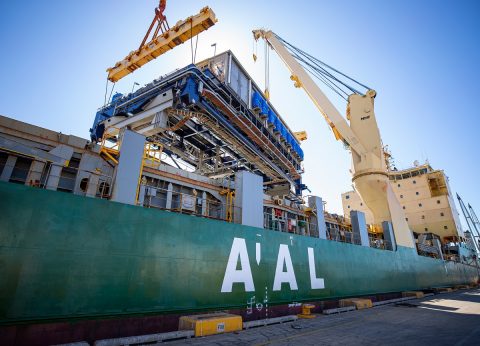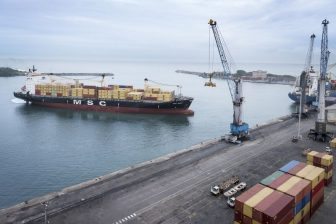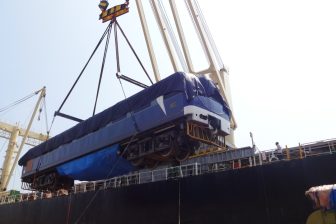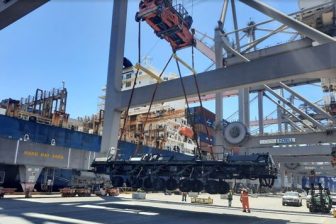
AAL improves safety and efficiency with performance control room
AAL Shipping (AAL) is improving its safety and operational standards to meet the latest 2020 IMO Intact Stability Code standards, which currently are only mandatory for new vessels. “Nevertheless, we decided to harmonize these new standards across our fleet and operations”, says AAL’s head of transport engineering Nicola Pacifico.
The 2020 IMO Intact Stability Code presents mandatory and recommendatory stability criteria and other measures for ensuring the safe operation of ships. It is currently only mandatory for new vessels, but AAL has decided to implement the standards throughout its fleet.
The new IMO standard has been achieved using the company’s Performance Optimisation Control Room (POCR), which helps to ensure that heavy-lift cargo handling, sailings efficiency and safety remain at their peak.
“In the past, carriers were free to set their own standards governing stability when lifting heavy cargoes and shippers either accepted them or not. Now the bar is pre-set, and carriers will need to prove in advance that the stability of their ships and heavy lift operations is guaranteed”, says Pacifico. “This is a major step forward for setting higher safety standards within the sector and demonstrates the capabilities of one carrier compared to another.”
Efficiency gains
In terms of sailings efficiency, fuel consumption, and CO2 emissions reduction, AAL is also proactively undertaking a number of measures to enhance its performance. Through its POCR facility – developed and operated by Columbia Shipmanagement (CSM) – AAL is harnessing state-of-the-art routing, weather, and sea conditions technology to remotely monitor and plan every aspect of each sailing from a remote facility manned 24/7 by a team of expert shipping technicians. Voyage recommendations are then returned periodically to each Master with optimised routing, sailing, and fuel consumption recommendations.
“The next step on our journey to enhanced sailings efficiency and lowered CO2 emissions is the implementation of a new Motion Response Analysis (MRA) programme”, says AAL’s operations manager Valentin Gherciu. “The output of this programme coupled with machine learning tools afforded to us by the POCR will enable AAL to make even more efficient voyage calculations in terms of fuel consumption.”
Data derived from the POCR already led to the decision to adopt new hull coatings that reduce the resistance through water and thus lower the engine power and fuel consumption required. This does not only lead to lower costs but also improves the overall CO2 footprint of the fleet, AAL concludes.



